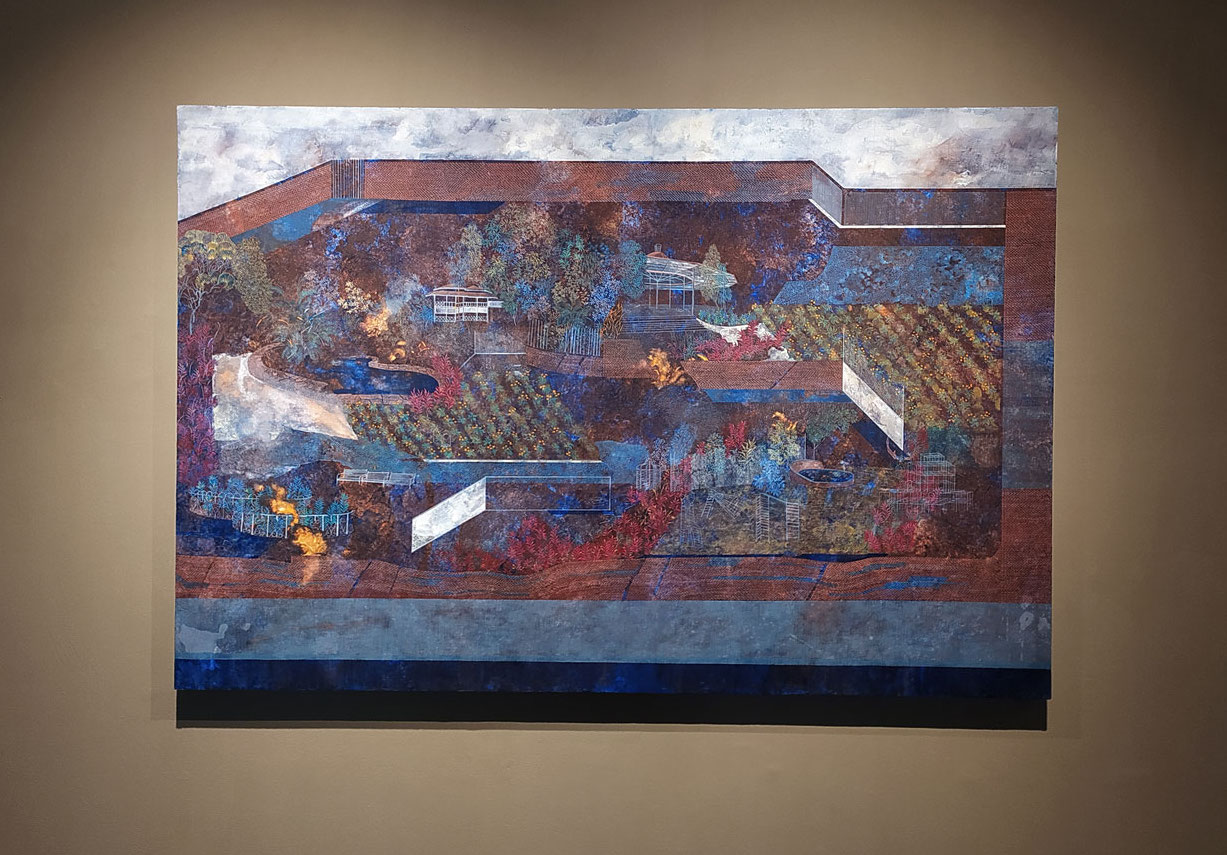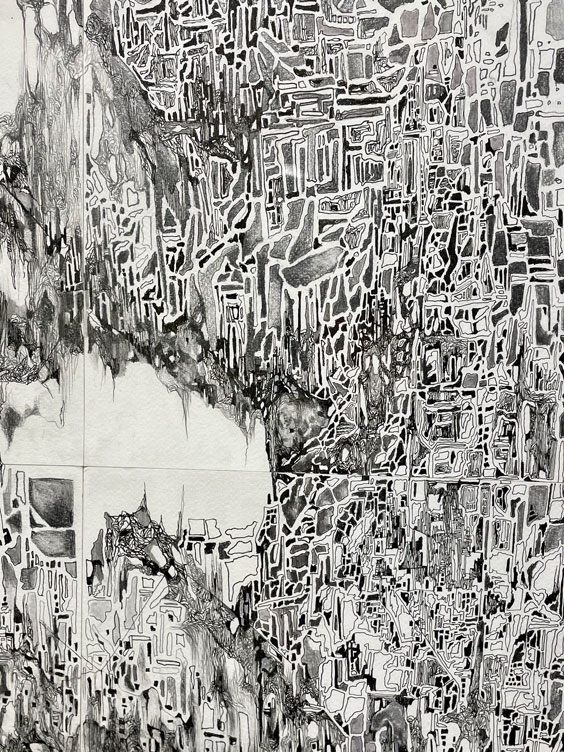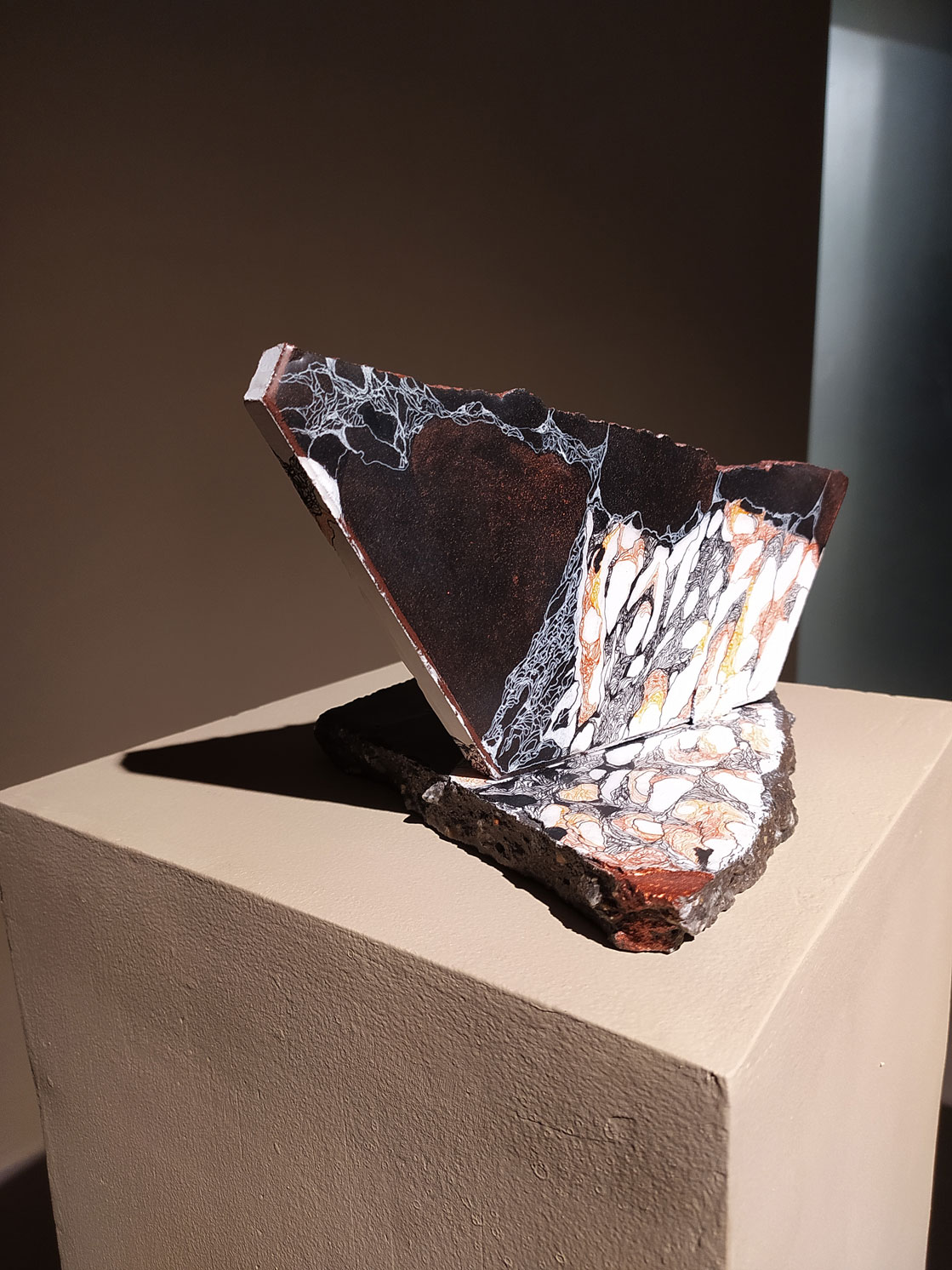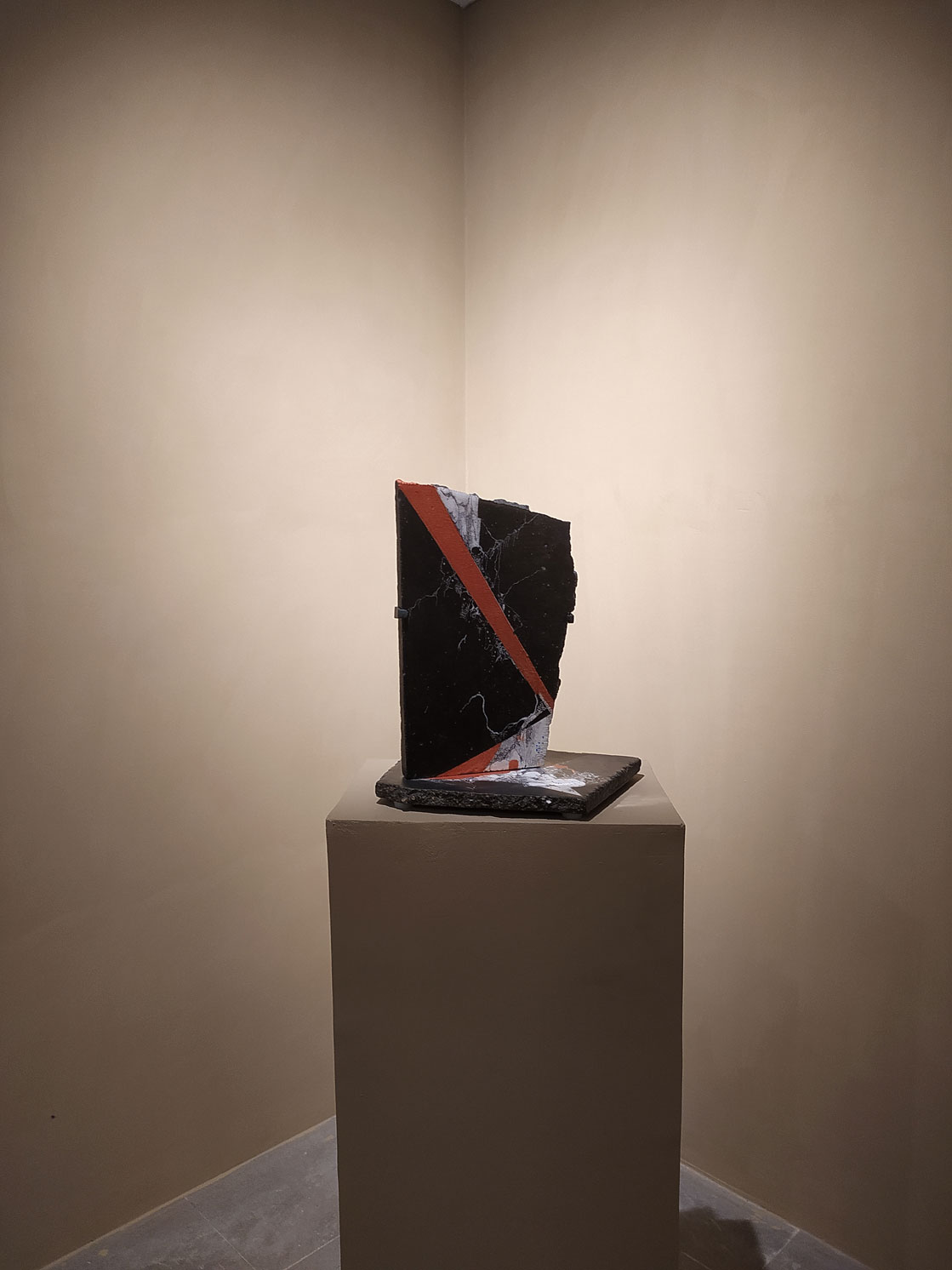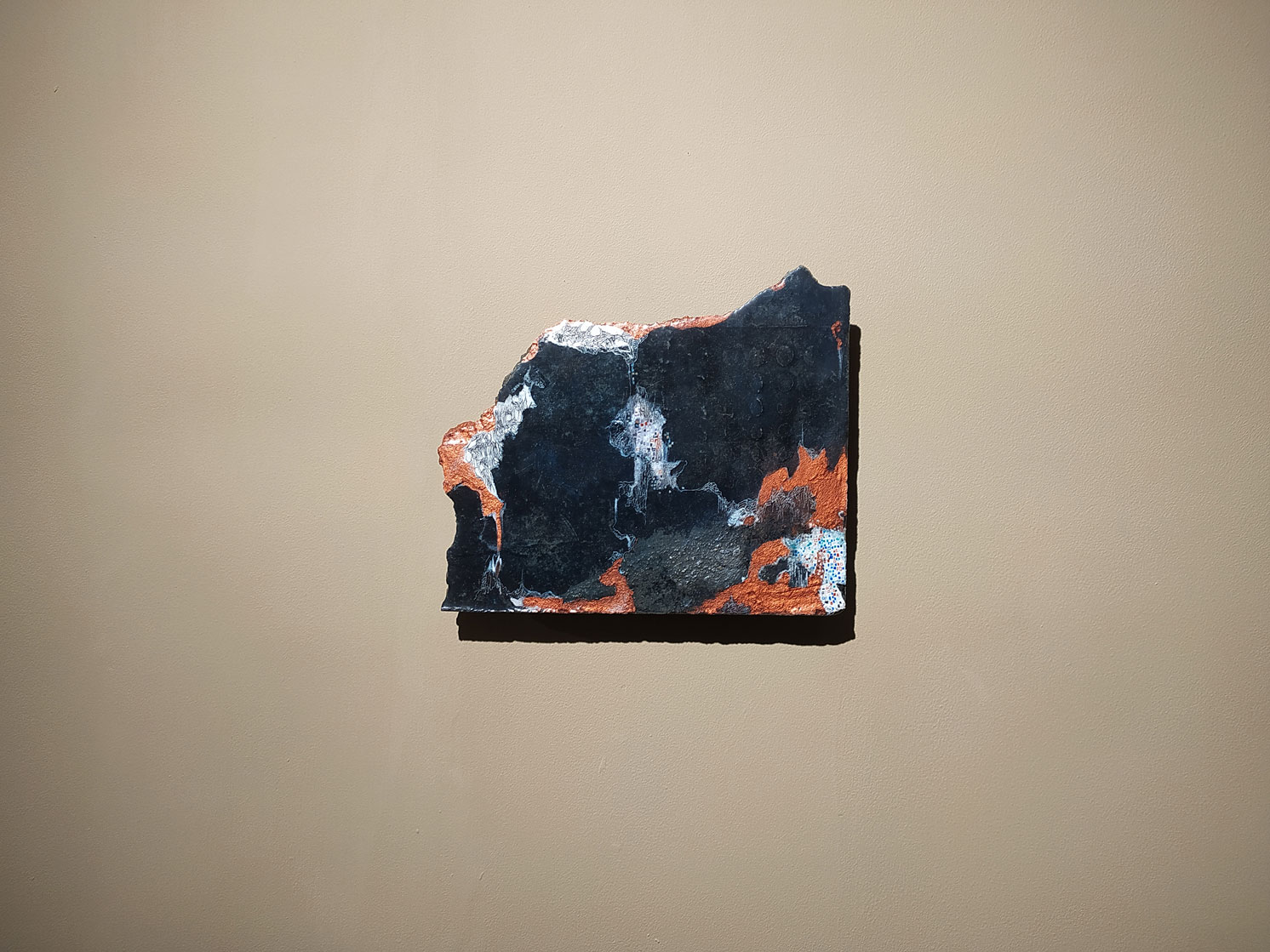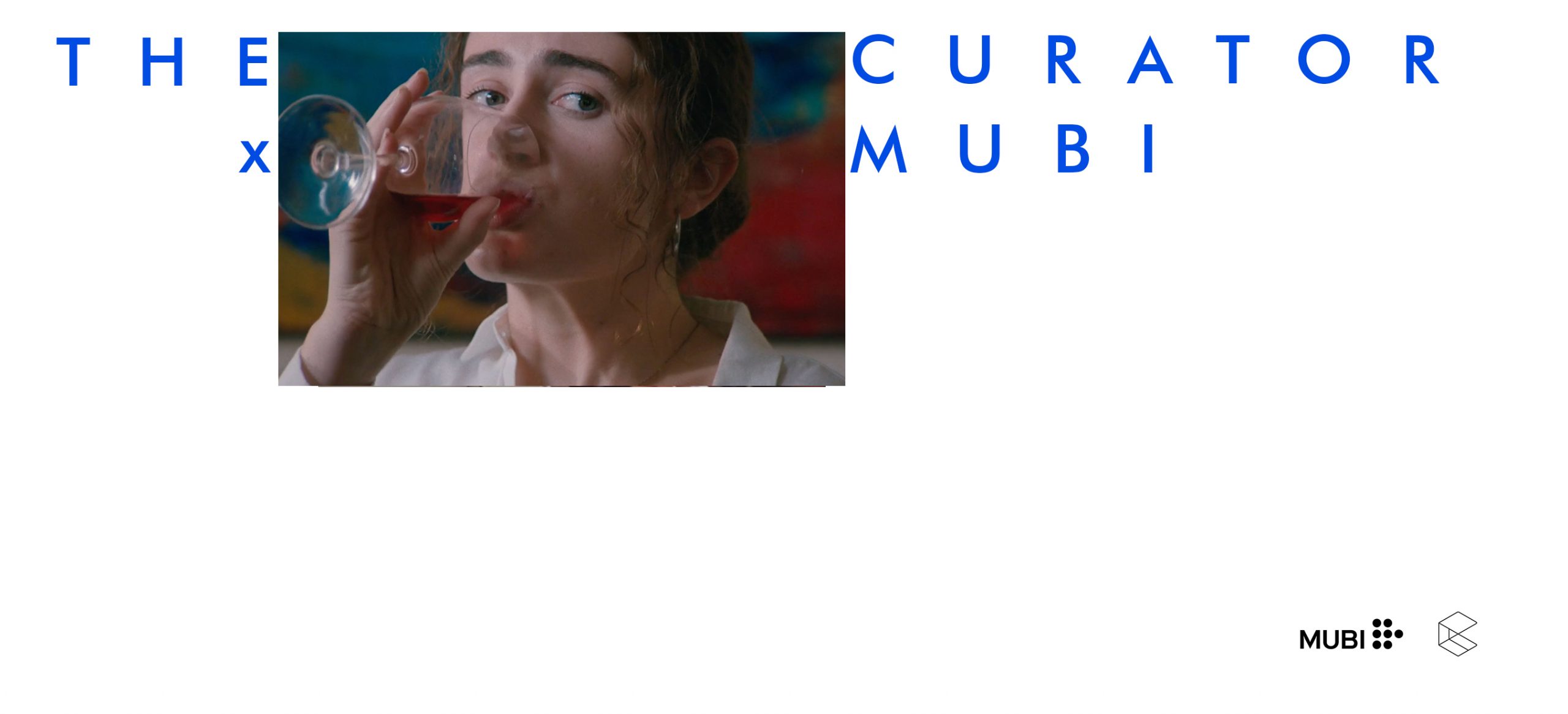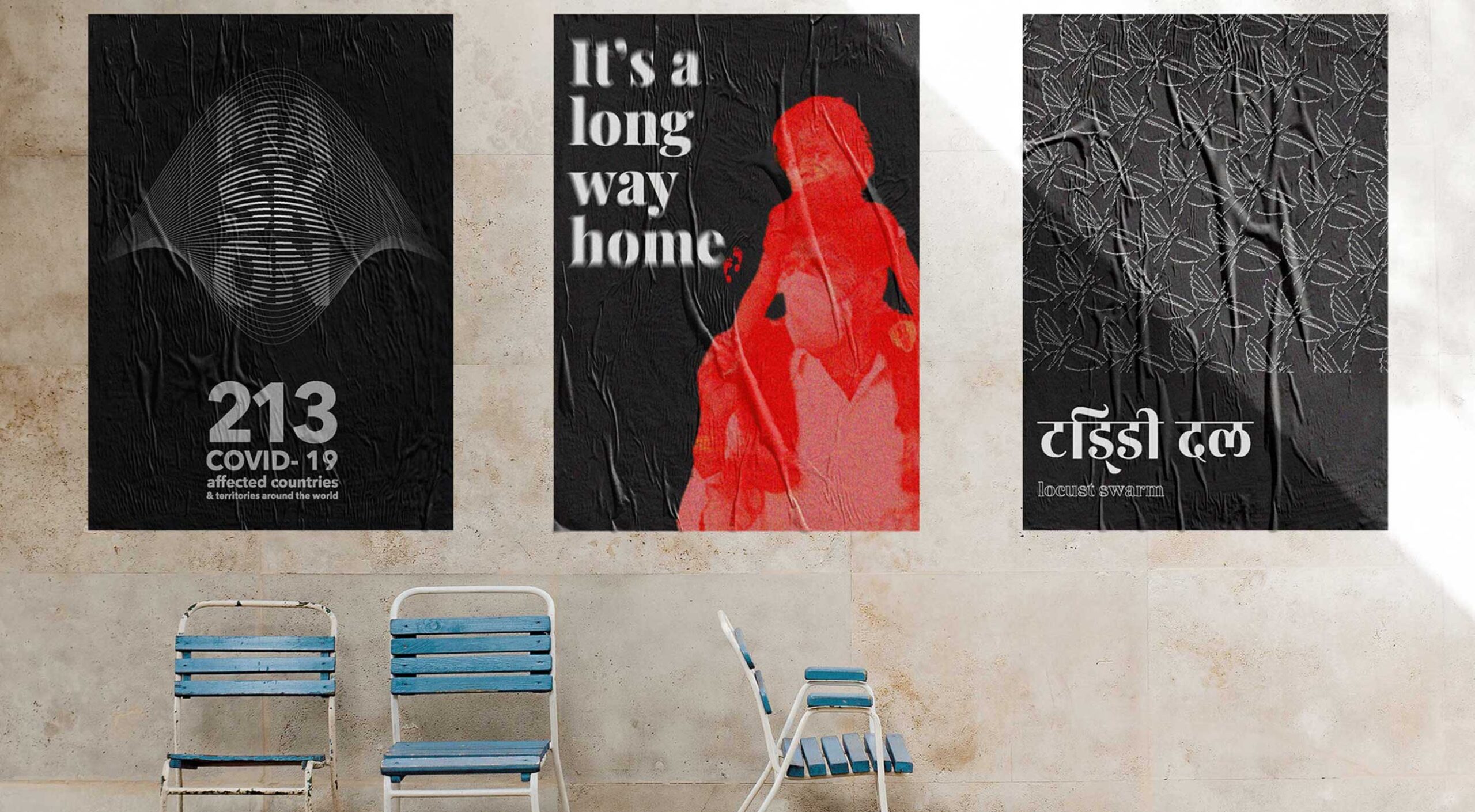Virtues of Landscape, an exhibition curated by Exhibit 320 provides a detailed, intimate and a deeper look into not just the material aspects of landscapes, but also the meaning-making functionality of landscapes to which are intricately connected humans and nature. The works exhibited not only elucidate the relationship between space and people, but also between man-made and natural landscapes.
A different look at landscapes makes us realise how connected we are to them and how we affect them and they in turn influence us. Natural Landscapes have been part of communities and culture from time immemorial, these landscapes have informed cultural artefacts, processes and memories. However, with increasing materiality being infused in landscapes, one tends to forget the intimate relationship that natural landscapes and people have had. ‘Virtues of Landscapes’ is set off to revive precisely this, the multi-facet meaning of landscapes through various local cultural contexts, and the artworks do that not on a superficial level, but diving deep into symbols, concepts, processes and meaning.
The perspectives on spatial understanding that the four artists in this exhibition bring out stir the thinking of the audience towards various traits of landscapes, political, economical, cultural, personal, topographical and aesthetical. Besides the final artwork, the process of creating the artworks in itself is an exploration into certain specific cultural contexts that the artists come from.
Harsh Ojha’s work depicts the rural agricultural landscape that he belongs to, that he has grown with. He makes handmade paper from agricultural waste from his farmland and makes a surface through layering and folding. Ojha, through this surface, wishes to make the audience realise the complicated process that is involved in agricultural practices, right from sowing to harvesting. By using agricultural waste he is not just conceptually correlating landscape with livelihood and culture, but also materially making the connection. This allows the audience to look beyond paper as a meagre piece of material rather look at it as an object that involves hard work, culture, memories and nature. His artworks look like patches of land, when observed closely, these patches of land are not in isolation, they hold in them intricate twisting anf folding of paper or like in reality, intricate familial livelihood practices, needs and culture of people.
Pooja Mondal’s artworks are dark, they give out a sense of darkness, however at places she uses the hues of yellow and purple, emerging right from the oranges, reds and blues. Her work is related to educational landscapes and how these are being attacked. Her work makes the audience feel how intricately one is attached to their educational spaces and how a track on those might affect us invariably. Symbols of education in her painting are intervened by symbols of violence, but the stubbornness of the education symbols to not completely break down in these paintings is what also makes her work one of hope and resilience.
Sareena Khemka’s work is centred around the earth’s history and present; its resources that are forgotten beneath a huge debris and their potential to revive. She uses cement, tiles, and resin as her art materials to bring about concepts of destruction and regeneration. Her work between the cracks and fissures shows a new material landscape in forms of buildings and old landscape materials co-existing, old beneath the new one but rising. Her work makes one realise how the material landscape around us is not existing in isolation, it is accompanied by more landscape materials, however, hidden and destroyed. She brings these materials to life in these artworks, her work is a historical reading into the material landscape around us.
While Suryaknata’s work is a subjective reading of landscapes, how they are shaped according to a collective or a personal perception of space and place. Belonging to a rural part of Odisha, Surya’s experiences in the city were quite isolating, making him question the idea of public space, construction and accessibility. These thoughts later informed his art practice wherein he drew architectural drawings to show the unfinished business of material landscape in the city, unfinished because they are not holistic, unfinished because they are unequal in terms of their accessibility and constructions. His drawings feature both graphite and gold, talking about the variations in experiences of people in terms of built landscapes. These variations are not natural, they are very much informed by conscious decisions made on pre ordained norms of class, caste and gender. Hence, Suryaknata’s drawings are a micro vision of our cities in the present.
Virtues of Landscape is on view at Exhibit 320, New Delhi till the 15th of September.
Written by Nawal Ali.


